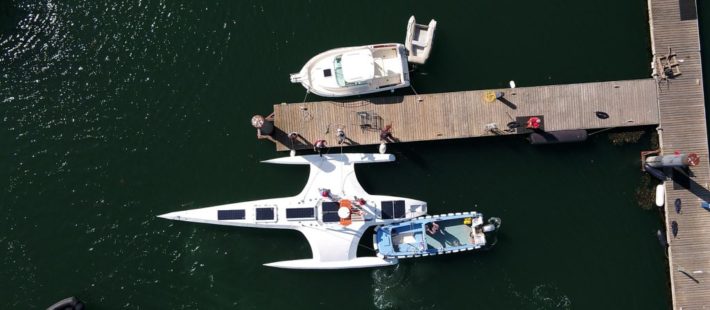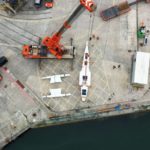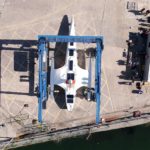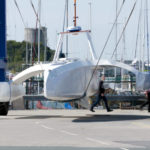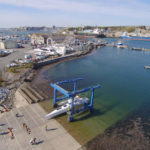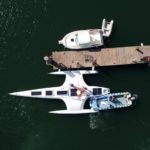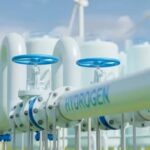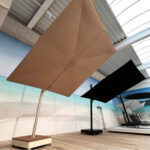A trimaran in aluminum and composite materials weighing about 5 tons, 15 meters long and 6.2 meters wide is the project to study the health of our seas. The program is led by ProMare with the technological help of IBM. MAS – Mayflower Autonomous Ship – is the first boat able to sail without a crew on board. It can rely on a central structure headed by artificial intelligence and followed at a distance by a team of scientists and specialized technicians.
How the project was born
On 16 September 1620, the Pilgrim Fathers sailed aboard the Mayflower from the English port of Plymouth and they arrived at Cape Cod on the other side of the Atlantic Ocean after two months of navigation. They could not even imagine that their journey would become a symbol. They could not even imagine that they would become the founding fathers of the United States of America.
Today the research organization ProMare, supported by IBM as a technology partner, created Mayflower Autonomous Ship (MAS).
The technology
It is an innovative project that uses an integrated set of IBM technologies, artificial intelligence, cloud, and edge. A totally ecological aluminum trimaran, with zero impact, that exploits solar and wind energy.
It will be equipped with:
- 6 AI-powered cameras to scan the horizon for weather hazards and data streams that reveal potentially dangerous storms
- 30 onboard sensors
- 15 edge devices with sufficient local processing power to allow the ship to operate independently, even without connectivity or remote control
-
0 Humans on board
- Dual 20KW permanent magnet electric propulsion engines for twice the speed of the original Mayflower
The goal of the ocean crossing
The MAS will have onboard three research capsules containing sensors and scientific instrumentation able to collect data on ocean health. This platform will help scientists understand critical issues such as global warming, plastic pollution, sea level mapping, overexploitation of the marine environment, and impact on marine species.
 |
SUBSCRIBE NOW
|


